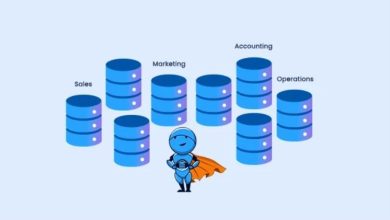Exploring Current Home Loan Trends in India

The landscape of home loans in India is constantly evolving, shaped by economic factors, regulatory changes, and shifting consumer preferences. Understanding the latest trends in the Indian housing loan market provides valuable insights for both prospective homebuyers and financial institutions. Here are some key trends influencing the home loan sector in India:
1.Low Interest Rates Driving Demand
In recent years, India has witnessed historically low interest rates, which have stimulated demand for home loans. The Reserve Bank of India (RBI) has implemented several rate cuts to boost economic growth, resulting in cheaper borrowing costs for homebuyers. As a result, many individuals are seizing the opportunity to purchase homes or refinance existing mortgages at more favourable rates.
2.Surge in Digital Mortgage Platforms
The digital revolution has transformed the home loan application process in India. Fintech companies and traditional lenders alike are embracing technology to streamline the mortgage process, from application to approval and disbursement. Digital mortgage platforms offer convenience, speed, and transparency, allowing borrowers to apply for loans online, upload documents electronically, and track their application status in real-time.
3.Rise of Affordable Housing Finance
Affordable housing finance has emerged as a key focus area for both public and private sector lenders. Government initiatives such as Pradhan Mantri Awas Yojana (PMAY) aim to promote homeownership among economically weaker sections and middle-income groups by providing subsidies and incentives for affordable housing projects. Financial institutions are offering specialized loan products with flexible terms and lower interest rates to cater to this growing segment of homebuyers.
4.Customized Loan Products and Flexible Repayment Options
Lenders are diversifying their product offerings to cater to the diverse needs of homebuyers. From fixed-rate and floating-rate mortgages to hybrid loans and interest-only repayment options, borrowers have a wide range of choices to suit their preferences and financial circumstances. Customized loan products allow borrowers to tailor their mortgage terms according to their budget, risk tolerance, and long-term financial goals.
5.Emphasis on Credit Scoring and Risk Assessment
With the advent of credit bureaus and advanced analytics, lenders are increasingly relying on credit scoring models to assess the creditworthiness of loan applicants. A strong credit score not only increases the likelihood of loan approval but also enables borrowers to negotiate better terms and interest rates. Lenders are also adopting risk-based pricing strategies to offer competitive rates to low-risk borrowers while mitigating the risk of defaults.
6.Shift towards Green and Sustainable Housing
Environmental sustainability and energy efficiency are gaining prominence in the housing sector. Many developers are incorporating green building practices and renewable energy technologies into their projects to reduce carbon footprint and operating costs. Lenders are incentivizing sustainable housing initiatives by offering preferential loan terms and interest rates for green-certified properties.
Conclusion
The Indian home loan market is dynamic and evolving, driven by changing consumer preferences, technological advancements, and regulatory reforms. Low interest rates, digital innovation, affordable housing finance, customized loan products, credit scoring, and sustainable housing are some of the key trends shaping the future of home loans in India. As the market continues to evolve, stakeholders must stay informed and adapt to emerging trends to meet the evolving needs of homebuyers and promote inclusive homeownership.

